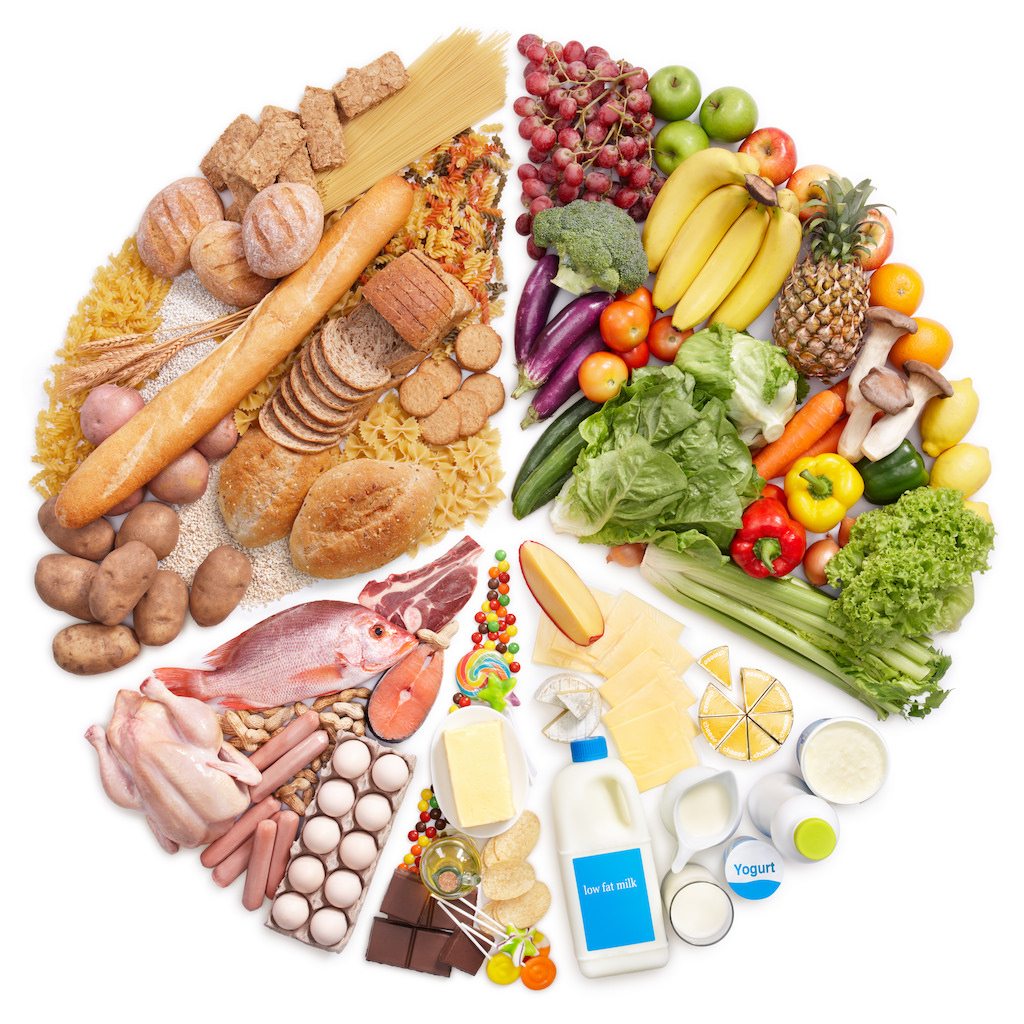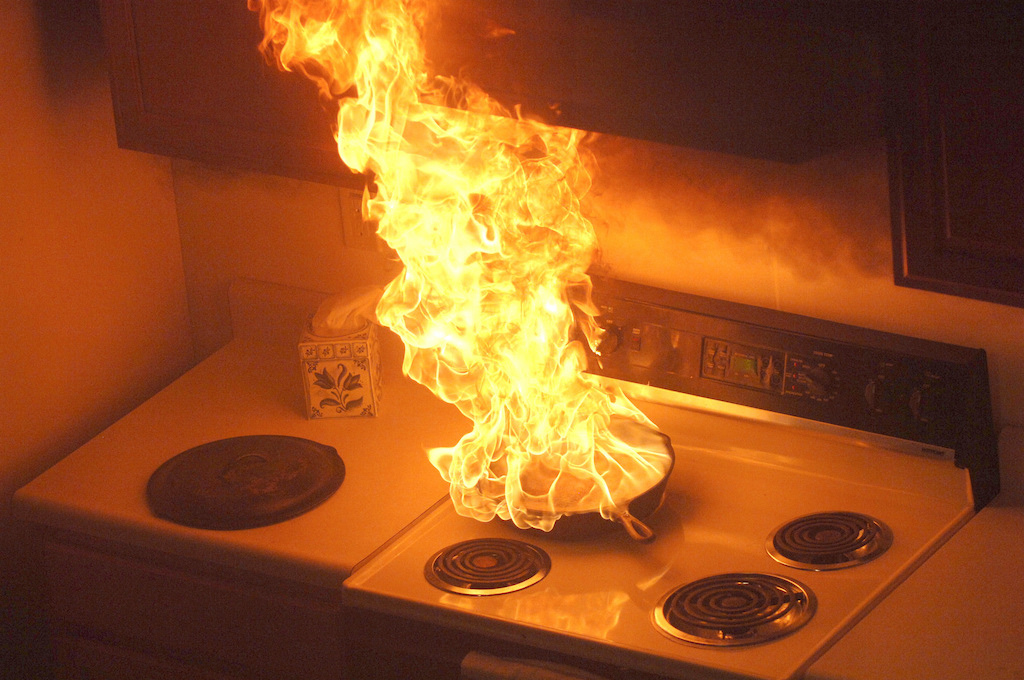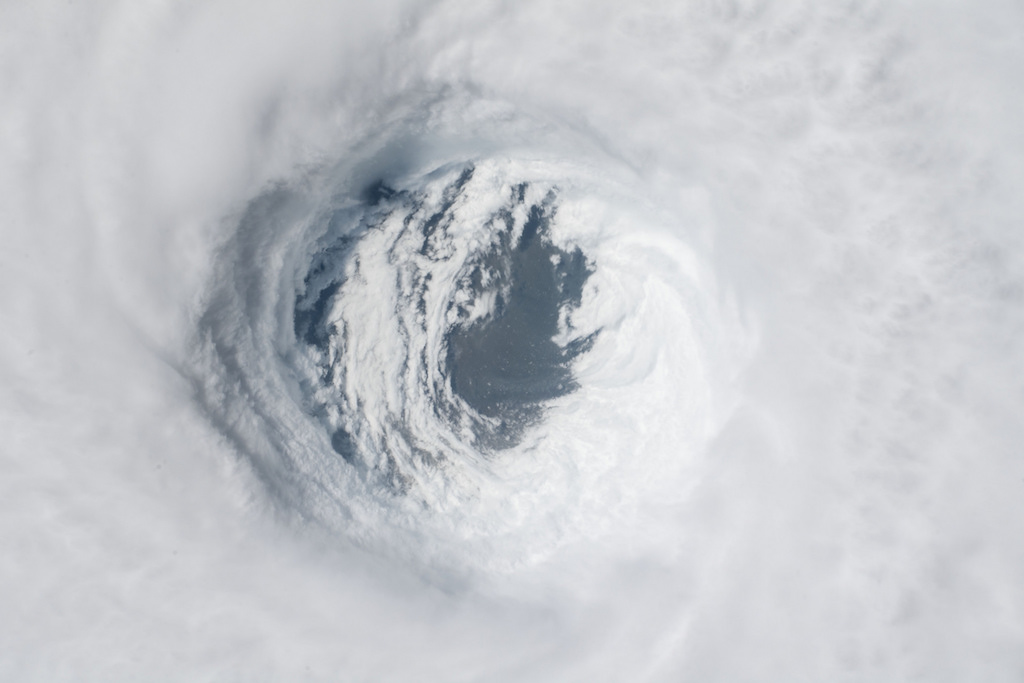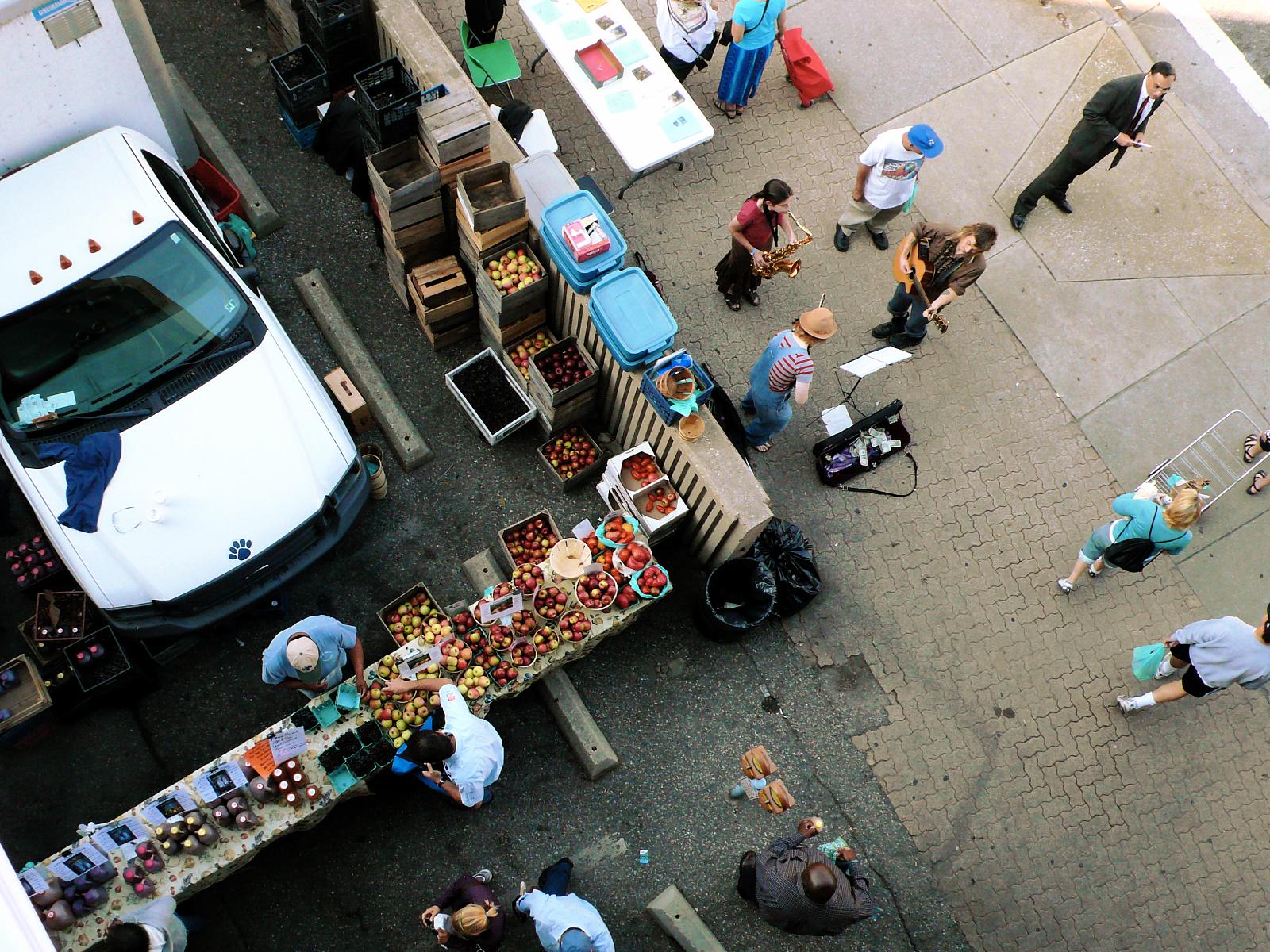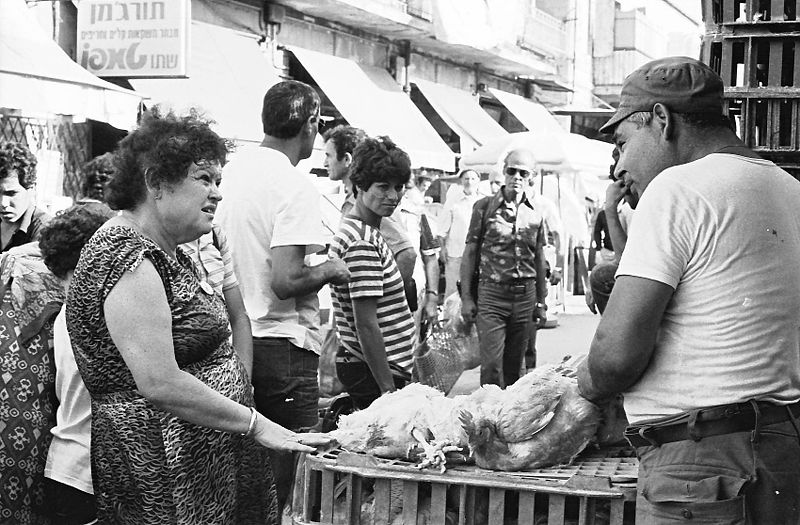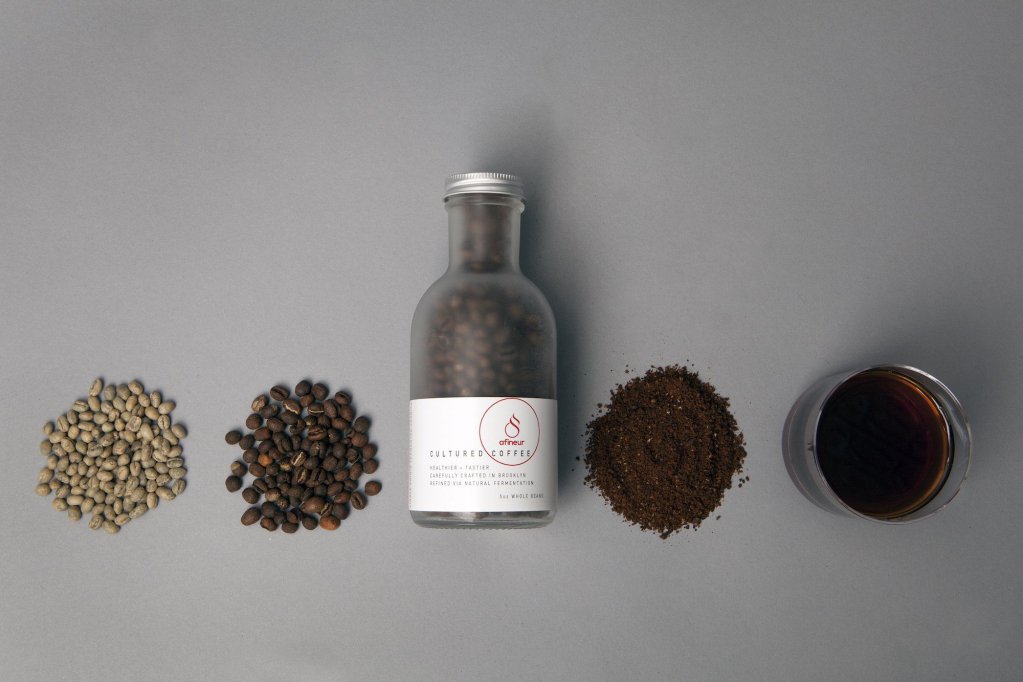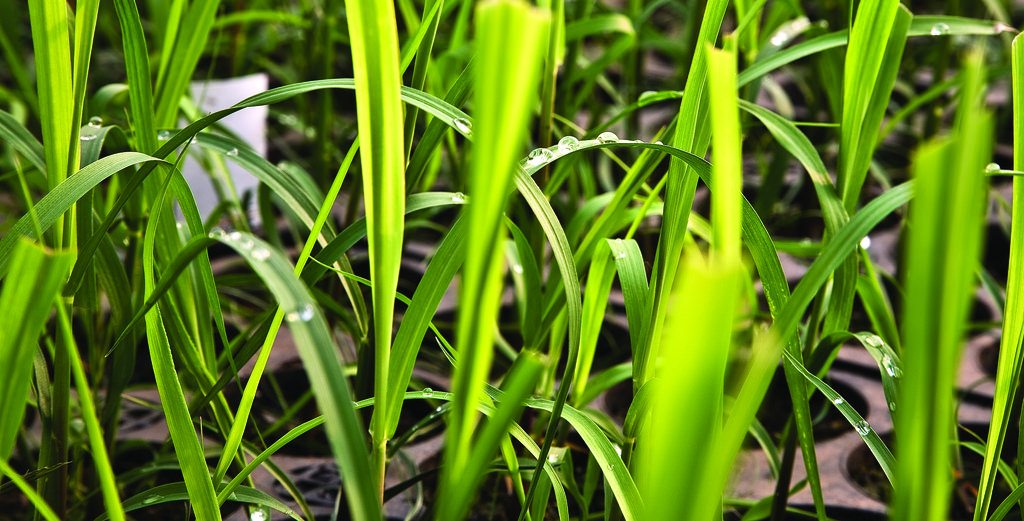
Hillary Bonhomme
After experiencing multiple hurricanes, conservationist Ricardo Goenaga thought he was prepared: “I’ve been through Hugo, Georges, Hortense, and then Irma—in an apartment where I wasn’t sure if I was going to make it to the next day. A few weeks later when Maria was coming in, I thought, ‘Maria cannot be much worse.’ But it was a totally different story. When the wind was hard, it was like a train coming right at us. Maria was relentless.”
Months later, farmer José Crespo de León is still grappling with Hurricane Maria’s effects—and will be for a long time. Most of the damages on his cacao farm were from landslides and winds that reached 155 miles per hour. The gusts downed trees and wicked the bark off ones that survived, but he was lucky; he lost only half of his farm. As a whole, Maria severely compromised Puerto Rico’s agricultural industry, destroying an estimated 80 percent of overall crop value and decimating $780 million worth of agricultural yields.
Like most farmers in the area, Crespo de León is determined to rebuild. The question is, how? This brings us back to Goenaga, the plant physiologist who oversees the Tropical Agriculture Research Station in Mayaguez, a municipality on the western coast of Puerto Rico. Just as Crespo de León is determined to restore his farm, Goenaga is determined to provide seeds and tree grafts to the farmers who need them. Although the facility still does not have electricity and is using a tractor operating system to retrieve water for irrigation, Goenaga’s staff is distributing plant material to farmers to replenish the crops they have lost.
The station is part of the United States Department of Agriculture’s Agricultural Research Service (ARS), an agency that oversees research and the collections of genetic material that are used to help sustain agricultural biodiversity and bolster food security. Goenaga and his staff’s work is part of a larger effort by ARS and conservation sites all over the world to conserve the biodiversity of our food supply so that Crespo de León and countless others will have the means to regenerate their farms in the face of natural disasters, pest and disease outbreaks, and climate change.
Agricultural biodiversity—also known as agrobiodiversity—is the connection between the microbes, plants, and animals we consume, and the soil and pollinators that support them. It’s shaped by factors such as temperature and the size and structure of farms, along with cultural and socioeconomic factors that influence what and how we eat.
This biodiversity is woven into every strand of the complex web that makes food and agriculture possible. But it is being lost, a result of industrialization, climate change, deforestation, land use changes, and a host of other factors (including our changing dietary preferences).
According to the Food and Agriculture Organization of the United Nations (FAO), three-fourths of the world’s food comes from just 12 plant and five animal species. Diets around the world are increasingly homogenous and comprised of monodiets of megacrops of wheat, rice, corn, soybean, and palm oil. It’s a trend that’s creating agricultural bottlenecks where warming temperatures or a single pest or disease could severely compromise what we grow, raise, and eat.
Similar conditions were, in part, what caused the Irish potato famine in the 1840s and Southern corn leaf blight, a fungal disease common in warm-temperature environments that wiped out one-fourth of American corn in 1970. It’s why plant geneticists are fighting to beat back Tropical Race 4, another fungus that threatens to destroy America’s favorite fruit, the Cavendish banana. In the face of grocery store abundance, it’s hard to comprehend how increasingly vulnerable our food system is. But consider the Cavendish: There are over 1,000 different bananas grown throughout the world, but we consume only one that is under threat of disappearing. Or take milk and ice cream: 90 percent of dairy cows in the United States are one breed, the Holstein-Friesian. What happens if they are compromised?
 Simran Sethi
Simran Sethi If these foods aren’t raised on farms or accessible in the wild, then we lose them. That is, unless they’re preserved ex situ (Latin for “out of place”) in stored collections
Agricultural biodiversity is a hedge: By sustaining diversity in our foods and drinks, we can breed advantageous traits—such as tolerance to drought or resistance to a certain pest—back into what we grow and raise, as needed. We don’t fully know what we’ll need to cultivate in the future, so it’s important to sustain as much diversity as we can today. If these foods aren’t raised on farms or accessible in the wild, then we lose them. That is, unless they’re preserved ex situ (Latin for “out of place”) in stored collections.
The most popular types of ex situ collections are seed banks, but we conserve all kinds of genetic material, ranging from honeybee sperm and goat blood to brewer’s yeast and heirloom potatoes. We don’t only store what we currently use, but varieties and breeds from decades and centuries past, along with wild species that are genetically related to cultivated crops.
This sense of urgency is why we also have a backup system in the U.S. at the USDA ARS National Laboratory for Genetic Resources Preservation (NLGRP) in Fort Collins, Colorado. Established through the Food, Agriculture, Conservation, and Trade Act of 1990 (better known as the farm bill), the facility was created to secure and sustain our domestic food supply. The Act mandated that the germplasm would be distributed for free (“unless otherwise prohibited by law”) to any country that requested it. It was—and is—the backup for all ARS collections in the country.
As I waited for Stephanie Greene, NLGRP’s supervisory plant physiologist and the lead scientist of the Seed Preservation Program, I looked at the full wall of images in the lobby of the various materials conserved on site, and three words that get to the heart of the institution’s work: collect, assess, preserve. It’s a small hint of the treasures held within, a staggering:
- 622,944 total seed samples and 10,373 clonal samples—that include things like shoots, roots, stem fragments, and dormant buds—for apples, bananas, blueberries, cacao, grapes, potatoes, walnuts, and many other foods;
- 938,673 units of germplasm—embryos, blood, semen—from animals such as dairy cattle, pigs, beef cattle, screwworms, chickens, turkeys, and goats, plus aquatic animals and insects such as honeybees; and
- 112,000 isolates of yeast, algae, bacteria, fungi, and viruses.
 Simran Sethi
Simran Sethi NLGRP distributes more germplasm every year than any other genebank in the world. Take a look inside the vault
Greene greeted me with a warm, wide smile. She is one of only a half-dozen people who has access to the vault where the collection is stored. Although the building is non-descript, she explained, there is an extremely high level of security at the site—“alarms, cameras, the whole nine yards.” No one gets beyond the lobby unless they have a badge or are accompanied by someone who has one.
She led me up a set of stairs to her colorful, sunlit office decorated with a poster of Bumblebees of the Western United States, grain bags that once contained varieties of alfalfa, and framed portraits of botanical and animal collections. “On the plant side,” she told me, “we’re similar to Svalbard, except what we do is actively manage the base collection.” When the facility receives seed samples, it tests them to ensure their viability before putting them into storage. NLGRP continues to monitor the seeds over time to ensure that they haven’t degraded and can still be used, and conducts research on the long-term storage of plants. “It’s more of an active, resource-intensive system than what’s at Svalbard, where you basically just send your boxes and they’re put into storage.”
Another point of differentiation is that the Fort Collins plant collection isn’t limited to seeds; it also contains clonal samples that are cryopreserved (stored at a very low temperature) in liquid nitrogen. The repository currently holds over 80 percent of the germplasm stores from ARS sites across the country. The collection also contains material from botanical gardens (with an emphasis on rare and endangered species) and non-profit seed conservancies, including Seed Savers Exchange in Decorah, Iowa, and Native Seeds/SEARCH in Tucson, Arizona.
NLGRP holds this material until it is requested by the original depositor, who may want the germplasm if the original collection was compromised by ecological disaster or because of pests and diseases. “In Geneva, New York, where the USDA apple collection is kept, they had a fire blight infection and ended up losing a lot of the trees because their collections are held as individual trees in an orchard,” Greene told me. “But because we had the collection preserved as dormant buds, when a substantial number of their trees died, we were able to send them the dormant buds we had here for safekeeping and they were able to reestablish the collection.”
Green estimates NLGRP distributes “probably more germplasm than any other genebank in the world.” As mandated, the material is distributed for free, but budgets have remained flat—at around $1 billion—since 2013. As she led me to the vault, I thought to myself, even if budgets had been increased, what price can we put on a collection that nourishes and sustains us? What comes close to touching how valuable these resources really are?
“It’s easier for people to think about [saving] rare and endangered wild species,” Greene said. “But they don’t tend to think about that with foods we eat. That diversity needs to be preserved.”
 Simran Sethi
Simran Sethi 938,673 units of germplasm from animals such as dairy cattle, pigs, beef cattle, screwworms, chickens, turkeys, and goats, plus aquatic animals and insects such as honeybees are conserved at the NLGRP
Every sample that arrives in Fort Collins has the potential to regenerate food and agriculture, and the process to preserve them is scrupulous: Seeds are dried slowly, tested, placed in small white packets, and then filed in boxes in secured stacks that are stored at-18 degrees Celsius. They are subjected to regular germination tests and can, ideally, stay viable for thousands of years. The clonal material—along with animal specimens and about 10 percent of seeds—are saved in small plastic tubes, which are stored in liquid nitrogen inside metal vats measuring 1.5 meters in diameter; 24 of the vats hold seeds, 11 store clonal material and one stores microbes.
The experience of being in such a place feels both ordinary and awe-inspiring. On the surface, of course, plastic packets and straws aren’t so impressive. But the awe—the wonder, even—comes from understanding the labor that goes into preservation and how vital these materials are for our sustenance.
This is also evident in the animal genetics division of NLGRP. The cryopreserved collection of embryos, blood, and semen is not a backup collection. It is, according to Harvey Blackburn, the 64-year-old animal geneticist who helped set up and oversees the National Animal Germplasm Program, the largest genebank of its kind in the world.
This collection—that also contains aquatic life, such as catfish, salmon, trout, and oysters, plus fish that are used as medical models—started in Fort Collins in 1999, but animal material (primarily semen) has been cryopreserved since the late 1950s. “The dairy people kind of treat it like baseball cards,” Blackburn said with a laugh. “‘I’ve got so and so; I’ll trade you for so and so.’ ABS Global, for example, kept samples from every bull [they ever worked with]. In 2006, they donated all that to us, so that was 7,000 bull [specimens] that stretch back in time.”
This sharing of material also raises questions about usage. “We have to be very careful that we do not interfere with the marketplace,” Blackburn said. “Once we receive a request, we have committees for each species group and we ask for recommendations. We ask them, ‘Is this something that [a requester] should actually be going to the breeder and purchasing?’ Sometimes we know this by how much semen they’re asking for. If they come in asking for 30, 50 units on a bull, they’re looking to turn that around and sell it.” When they are told the actual intention of the collection—to sustain the U.S. food supply—they typically withdraw their requests.
“A more diverse agriculture,” says former Secretary of Agriculture Javier Rivera Aquino, “may place Puerto Rico back on the spot of productivity.” This is echoed in research led by University of California, Berkeley, agroecologist Miguel Altieri that indicates small, diversified agricultural systems are more resilient in the face of extreme weather events and can help buffer the shocks of climate change.
Blackburn added that the preservation of diversity also has the potential to save delicious flavors that we might otherwise lose (a core theme of my book). “We see this really fascinating change of dynamics in how people are viewing food—and diversity is what makes that possible. It gives you another option to exercise in terms of what you want to eat.” And, he reminded me, this is our tax dollars at work: “The important thing I wish the public was aware of is that a facility like this exists. It exists for them. We have the diversity. It’s just the matter of using it.”
Correction: An earlier version of this story misidentified the collection site as USDA ARS National Center for Genetic Resources Preservation. The correct name is USDA ARS National Laboratory for Genetic Resources Preservation (NLGRP). It also erroneously identified the former Secretary of Agriculture as Rivera Aquino. His name is Javier Rivera Aquino.


